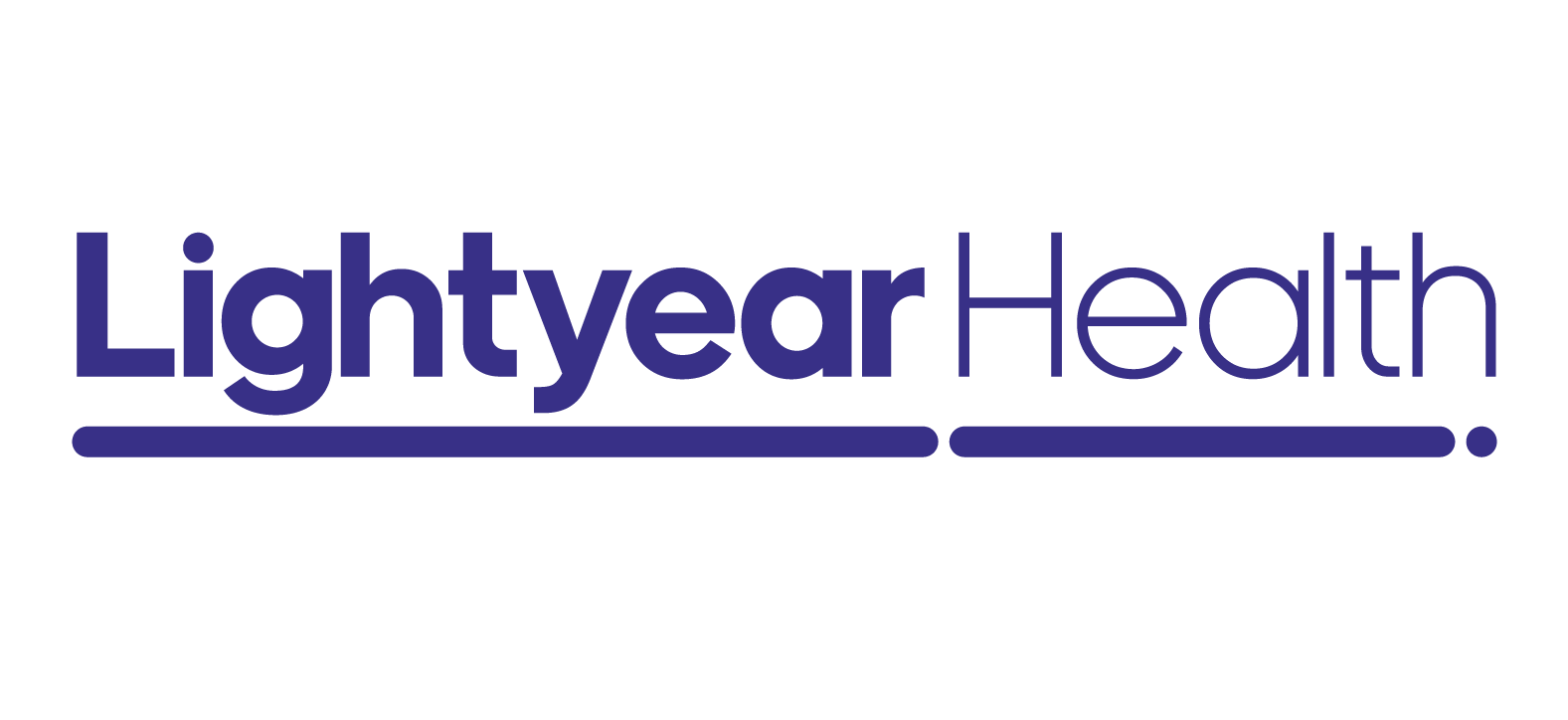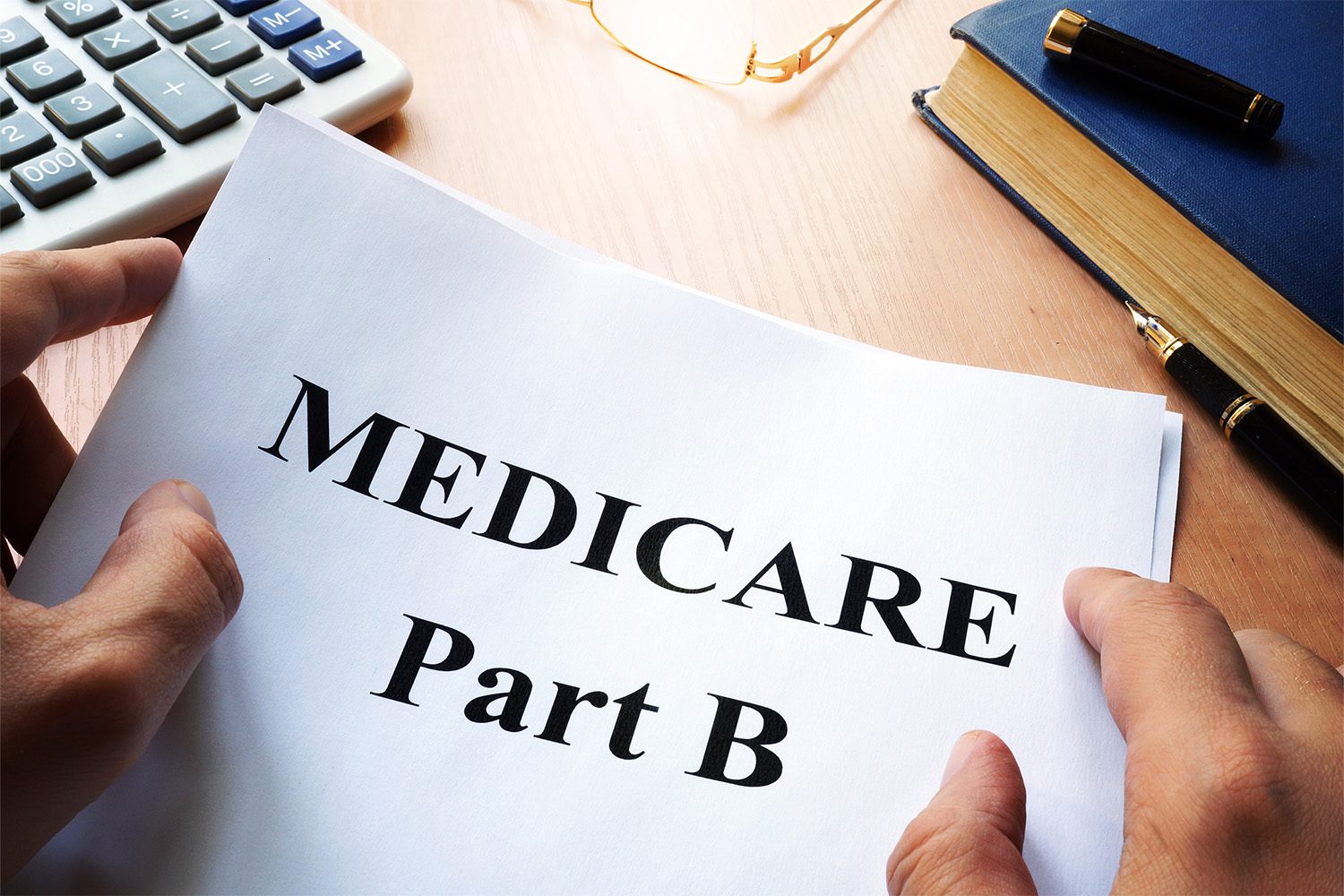When it comes to getting the care you need or finding coverage for an aging person, navigating the insurance process is an essential step. The more you know about plans and the coverage available under Medicare, the easier it will be to meet with a healthcare team to explore preventative, recovery, and wellness options specific to aging.
Lightyear Health is here to make it easy. We’re committed to demystifying medical, mental, and emotional care for aging individuals and their caretakers. We believe it should be easy and accessible to find the best therapies and solutions on every step of the journey. We also want to share the latest in innovative techniques and methods, so you know what options are available.
Understanding Medicare Part B coverage doesn’t have to be overwhelming. Trust the team here at Lightyear Health to provide the answers and information that you and your family members deserve today.
Medicare at a Glance
Medicare is a federally funded health insurance program designed to start on an individual’s 65th birthday. In many cases, individuals will be automatically enrolled into the program when they turn 65, but many will want to opt in or out of certain facets of Medicare coverage, especially if they already have insurance through a spouse’s employer. People who have received Social Security disability benefits or Railroad Retirement Board benefits for at least two years are also eligible, even if they’re under 65.
Medicare is broken down into four unique parts: A, B, C, and D. We’ll briefly touch on A, C, and D here, then cover part B in detail further below.
To start, Medicare Part A is essentially a type of hospital insurance. It covers all emergency care visits and most of the procedures performed in the hospital. It also covers stays in outside facilities, like a skilled nursing facility and hospice care (with a coinsurance depending on the length of the stay), as well as home health care. It’s important to note that the number of days you have covered will vary, so beneficiaries always want to do their research and find the right facility for them.
Medicare Part D is the section of Medicare that involves prescription drug coverage. In addition to any prescriptions for condition management or acute illness treatment, this section will also cover preventative care needs, including vaccines and shots.
Medicare Part C, now commonly referred to as the Medicare Advantage Plan, provides alternative care solutions to the original Medicare plan. Medicare Part C is private insurance that has been approved by Medicare, and offers the benefits and services available in the different parts on a more customizable and specific basis.
While you’ll still need to use doctors within the network, you may notice that your out-of-pocket costs are lower than they otherwise might be. Medicare Part C also offers coverage that might not be available in other sections, such as vision care (including eye exams), hearing aids and fitting appointments, and dental care (including dentures), which can help to save older patients a lot of money. However, it’s worth noting this kind of coverage differs from plan to plan.
What Does Medicare Part B Cover?
When it comes to Medicare coverage, Medicare Part B is the most versatile and commonly relied on for regular care. Medicare Part B can be thought of as your comprehensive medical coverage, which is why it’s important to understand what’s covered under Medicare Part B and how it can work for you.
The out-of-pocket annual deductible for 2022 is $233. On top of the Medicare Part B deductible, individuals are also responsible for a premium amount — the standard monthly premium for Medicare Part B is approximately $170.10 for 2022. The Part B premium is typically automatically subtracted from an individual’s monthly fixed income; If your adjusted gross income is more than a certain amount, you may pay an Income-Related Monthly Adjustment Amount (IRMAA).
Here are some of the top services and care options covered under Medicare Part B.
Preventative and Screenings Services
Preventative care is always important, but especially when it comes to older individuals. By scheduling routine preventative services, individuals can catch conditions early, avoid painful symptoms and complications, and stay healthy for longer.
Through Medicare Part B, you can schedule preventative screenings for cardiovascular disease, diabetes, and mammograms, just to name a few.
Medically Necessary Services
Any services or supplies that are necessary to diagnose, treat, or manage a chronic or acute condition is classified under medically necessary services. Services from doctors and other healthcare providers are covered under this facet of Medicare Part B.
Clinical Research Tests
In combination with Medicare Part A, Medicare Part B covers some if not all of clinical research studies or clinical research trials. These are tests used to determine the efficacy of therapies, including medications, surgical treatments, diagnostic tests, and more.
These tests can be helpful for seeing how well a new therapy works to address common symptoms and their root causes. They are often compared to existing therapies, to see which is more effective. Oftentimes, existing therapies for other conditions are tested during clinical research trials.
Ambulance Services
An ambulance is often called in the event of an emergency. The ambulance coverage under Medicare Part B includes ground transportation to the hospital, skilled nursing facility, or other emergency care location.
Typically, if transportation in another ground vehicle is considered dangerous to the patient’s health or current condition, Medicare Part B will cover ambulance transportation.
In addition to ground coverage, Medicare may also pay for emergency transportation by helicopter or airplane if the patient’s emergency medical needs cannot be met quickly enough by road travel.
Non-emergency services may also be covered at the recommendation of a doctor, if they believe that ambulance transportation is necessary to patient health. It’s important to note that there may be out-of-pocket costs associated with non-emergency ambulance transportation.
Medical Equipment
Many patients, especially older patients, may rely on medical equipment to recover from illness or injury or to navigate their day-to-day needs. Medicare Part B can ensure patients have access to the equipment and mobility aids they need for both long-term care and short-term care.
These pieces of equipment are referred to as durable medical equipment, or DME, and are categorized as “medically necessary” by a doctor or healthcare professional. This includes mobility aids like walkers, canes, wheelchairs, and scooters. It also refers to at-home test equipment, like blood sugar test strips and blood sugar meters, as well as nebulizers, oxygen equipment, CPAP machines, and more. Hospital beds for at-home care may also be available through Medicare Part B coverage.
Patients and caretakers will want to remember that there are some costs associated with DME available through Medicare Part B. The extent of these costs may vary depending on whether you purchase or rent the equipment, and is dependent upon both the doctor and supplier being part of the Medicare network.
To qualify as DME, equipment must be “durable,” that is, able to withstand repeated use, used specifically for medical reasons, and used specifically within the home. It should be useful only to individuals who are sick, injured, or recovering, and is expected to last at least three years, generally. If a patient lives in an area that has been declared a disaster or emergency zone, the regulations and guidelines regarding access to DME may change.
Mental Health Services
Mental health is an essential element of overall care and wellness. This can be especially true for older people who often feel isolated as the result of illness or injury, and who may find it difficult to discuss their mental health needs.
That’s why it’s all the more important for aging persons and caregivers alike to understand the mental health coverage available through Medicare Part B, so they can get the therapy and relief that they deserve.
The mental health care coverage available under Medicare is actually split between Medicare Part A and Medicare Part B. Any mental health screenings or needs that require a patient to be admitted to the hospital for inpatient care will be covered under Medicare Part A, which is the hospitalization insurance.
For outpatient care and partial hospitalizations, Medicare Part B will take effect. Outpatient care is very comprehensive and can cover a wide range of therapies, programs, and methods. That includes, but is not limited to, annual depression screenings in a primary care doctor’s office, group and individual psychotherapy with licensed professionals, diagnostic tests, and psychiatric evaluations.
It may also include family counseling if it falls under a specific parameter of care. Drugs that are not typically self-administered, like those available through injection, may also be available through the mental health facet of Medicare Part B.
Partial hospitalization is also covered under Medicare Part B and refers to a specific and very structured program of outpatient services. These are an alternative to inpatient services, like the kind covered under Medicare Part A, but are more stringent than routine doctor’s visits or regular therapy. Patients will attend sessions during the day, and will not stay in the hospital overnight.
Occupational therapy, individual patient training, and condition education all fall under this facet of Medicare Part B mental health coverage. Meals, transportation, informal support groups, and unrelated job training do not, and any related costs will be out-of-pocket.
Prescription Medications
Most of the time, medications are covered under Medicare Part D, but the medications provided by Medicare Part B are specific to outpatient care, and are not typically self-administered. They may be administered in a skilled nursing facility or hospital environment, or by a professional nurse in an at-home care program.
Some of these prescriptions include the drugs used in durable medical equipment. Feeding tubes, vaccines that directly relate to acute patient care needs, and any medications required for an organ transplant may also be covered by Medicare Part B.
Conclusion
Medicare Part B is a comprehensive facet of Medicare, and provides coverage for a wide range of needs, from routine medical services, to durable medical equipment, to outpatient care for mental health. There is a great deal of support and coverage available to patients with Medicare Part B, and it can be helpful to explore the range of services, so they know what is available to them in the event of an accident, injury, or illness.
Lightyear Health is here to help you navigate Medicare and a whole lot more. We believe medical care, insurance, and outpatient support should available and accessible to all patients, patient advocates, and caretakers. That’s why we’re dedicated to providing essential tools and resources you can rely on for every stage of the prevention, care, and management journey. It’s also why we’re the team you can trust for innovative solutions and out-of-the-box thinking when it comes to therapy and care.
Here at Lightyear Health, we’re leading the way on the graceful aging journey, which means answering your questions, sharing news, and clarifying details and coverage options available through Medicare.
Explore more articles here, or get in touch with today and see how we can help.
Sources
Parts of Medicare | Medicare.gov
What is OT? | About | Occupational Therapy | College of Health Professions | UTHSC



